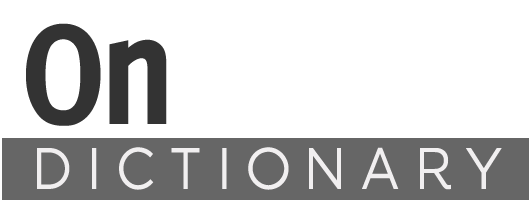Terms - D
D
D double flat
D double sharp
D flat
D sharp
D.C.
D.S.
da capo
da capo aria
da ruan
dachtyl
dal segno
dampen
damper
damper pedal
dämpfen
dance
dance band
danse
danza
darabukka
dash
davantage
de la pointe
dead note
decani
decay
deceptive cadence
decibel
decima
decisivo
Decke
declamation
decr.
decresc.
decrescendo
degree
demi
demi-pause
demi-soupir
demie
demisemiquaver
demisemiquaver rest
deploration
Des
descant
descant recorder
descant viol
Deses
dessus
destra
destro
détaché
detached staccato
determinato
deutlich getrennt
deux
development
Dezime
Di
di molto
di più
di sopra
Diabolus in musica
Diamond Record
diatonic
diatonico
diatonique
diatonisch
dice music
diddle rudiments
didgeridoo
didjeridu
Dies irae
dièse
diesis
difference tone
dim.
dimin.
diminished
diminished chord
diminished interval
diminué
diminuendo
diminuito
diminution
diminuzione
direct
direct motion
dirge
Dis
discant
discantus
disco
discord
Disis
disjunct
Diskantschlüssel
dispersed harmony
dissonance
dissonant counterpoint
Dissonanz
dissonanza
dithyramb
div.
divert.
divertimento
divertissement
divided
divided accompaniment
divise
divisi
division
division viol
diviso
divisorias
Dixieland jazz
dixieme
djembe
Do
Do bémol
Do bemol
Do bemolle
Do dièse
Do diesis
Do doble bemol
Do doble sostenido
Do doppio bemolle
Do doppio diesis
Do double bémol
Do double dièse
Do sostenido
doble barra
doble barra final
doble bemol
doble redonda
doble sostenido
doctrine of the affections
dodecaphonic
dogfight
dolce
dolcemente
Dolcian
dolciano
dolcissimo
dolente
doloroso
dominant
dominant chord
dominant harmony
Dona nobis pacem
dong xiao
Donna
dopo
doppel
Doppel-Be
Doppelganze
Doppelganze Pause
Doppelganzenote
Doppelgriffe
Doppelkreuz
Doppelrohrblatt
Doppelstrich
doppelt
Doppeltaktstrich
Doppelzunge
doppia barra
doppia corda
doppia stanghetta
doppio
doppio bemolle
doppio diesis
doppio movimento
dorian
dot
dotted note
dotted rhythms
double
double bar
double barline
double barre
double bass
double bass clarinet
double bassoon
double bémol
double corde
double counterpoint
double dièse
double drag tap
double exposition
double flat
double fugue
double natural
double note
double paradiddle
double quartet
double ratamacue
double reed
double sharp
double stem
double stop
double stroke open roll
double stroke open roll rudiments
double tonguing
double treble clef
double whole note
double whole rest
double-croche
double-pause
double-ronde
doubling
doucement
down-bow
downbeat
doxology
drag
drag paradiddle #1
drag Paradiddle #2
drag rudiments
dramatic soprano
dramma giocoso
dramma per musica
Drill Call
driving
droite
drone
drum
Drum and Bugle Corps
drum cadence
Drum Corps
drum head
drum kit
drum machine
drum major
drum rudiment
drum set
drumming
drumstick
du signe
du talon
duct flute
Dudelsack
due corde
due pedali
duet
dulcian
dulcimer
Dulzian
dumka
dump
dumpe
duo
duo sonata
duple meter
duplet
duplex long
duplication
duplum
Dur
duration
Durchkomponiert
dux, comes
dynamic contrast
dynamic mark
dynamics
double natural
[English]
The double natural is a theoretical accidental symbol that is not used in common practice. The double natural is an accidental symbol that completely cancels the effects of a double sharp or double flat symbol. The double natural consists of two natural signs to the left of the note to be altered. As with all accidental symbols, this only effects the notes with that exact pitch in the same measure.
The double natural symbol cancelling a double sharp will lower the pitch of the double sharp by one full step (two semitones) and the double natural symbol canceling a double flat will raise the pitch of the double flat by one full step (two semitones). As mentioned above, the double natural symbols are not typically used in common practice, but would only used in highly chromatic passages (passages with lots of accidentals).
In practice there is no functional difference between a double natural symbol and a regular (single) natural symbol as both symbols cancel any prior alteration of the pitch. In the example below, the first column shows the written pitch C (C5) with a double sharp in the top row and a double flat in the bottom row. The second column shows the written pitch C (C5) with a double natural symbol that cancels out both sharps and both flats. The third column shows the recommended notation for canceling the double sharp and double flat. It is more useful to avoid the use the double natural notation and use the more conventional and recommended notation shown on the third column.



